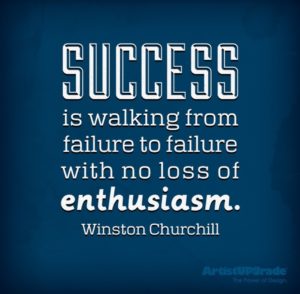 After decades of serving, supporting and staffing non-profit boards, I remain stumped about how to make them work well over time. To grossly summarize –most Executive Directors think boards are a bother, most board members don’t feel valued and most meetings are either boring or painfully stressful. Most boards do a lousy job supervising their ED, upholding the organization’s mission and ensuring its sustainability. There are exceptions. But my gut tells me that the underlying governance structure is all wrong – that volunteers ultimately don’t have the knowledge, will and time to truly carry out their responsibilities.
After decades of serving, supporting and staffing non-profit boards, I remain stumped about how to make them work well over time. To grossly summarize –most Executive Directors think boards are a bother, most board members don’t feel valued and most meetings are either boring or painfully stressful. Most boards do a lousy job supervising their ED, upholding the organization’s mission and ensuring its sustainability. There are exceptions. But my gut tells me that the underlying governance structure is all wrong – that volunteers ultimately don’t have the knowledge, will and time to truly carry out their responsibilities.
This hit home hard when I shared my board failure story at last month’s Failfest in the Triangle. This is a now annual event grounded in the belief that failure leads to insight and understanding and on to innovation and success. And that particularly in the nonprofit sector where failure is punished by funders, that we need to lift up and celebrate failure.
I certainly had an epic failure to share. I was the Board VP when the YWCA of the Greater Triangle suddenly closed five years ago without notice to employees, clients, partners and funders. We were $300k in debt and counting with no financial panacea in sight. Compare this with just 5 years earlier, when the YWCA had begun a new lease on life, netting $2 million from the sale of our facility in the white part of town and consolidating operations at our branch in the African-American side of town. We were going to laser focus now on our national mission – ‘empowering women and eliminating racism’.
Why did this calamity happen and how could the board have let it happen? I’ve wrestled with these questions since 2012 and shared my learnings with the 150 or so Failfest audience members:
- Put finances first. Don’t rely on the finance committee to mind the shop even if you’re not a finance person. The YWCA board was without a Treasurer for at least a year because no Board member wanted to take that on.
- Temper optimism. Yes, non-profits have to be an optimistic lot because otherwise we wouldn’t start the things and persist in keeping them open. Yes, strong programs should get funded. But skepticism should replace optimism when the context includes a recession and sequestration with declining funding for community services and advocacy for educational equity. This was a challenging business model in the best of times.
- Imagine the board in an emergency. Does it have the connections and experience as well as the independence to take (certainly) reputational and perhaps (legal) risk? The YWCA’s board was mostly comprised of young professional women – great for building a next-gen pipeline of leaders but ill-equipped to deal with a life threatening crisis.
- Tell investors earlier. Our funders were shocked when the YWCA closed its doors. We didn’t want to alert them about our financial challenges for fear their funding and confidence would stop. That backfired. Our investors might have come to the table earlier but they sure weren’t going to come when it was too late.
Clearly, these are excellent learnings in hindsight as well as to guide me going forward. But – and here’s the big but – I learned but I still don’t understand. I don’t understand how I as a seasoned non-profit board leader could have let it happen. Unless — it’s because, as a volunteer, I got distracted between board meetings, trusted the staff to make the right decisions and down deep, thought the work was too good and valuable to disappear.
Nonprofit governance anyone?
